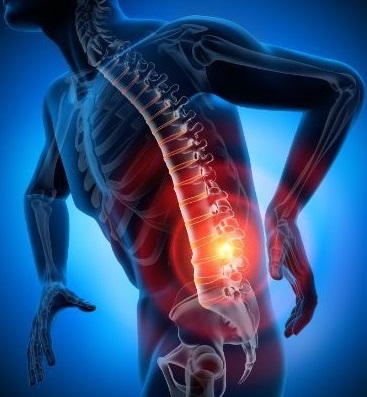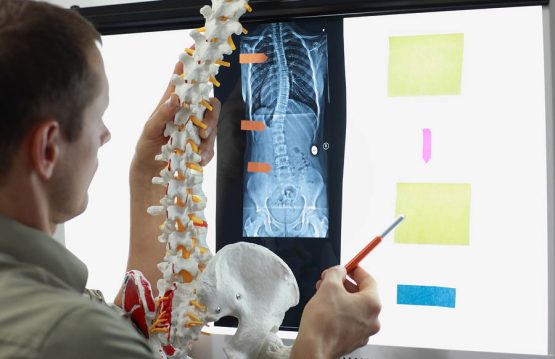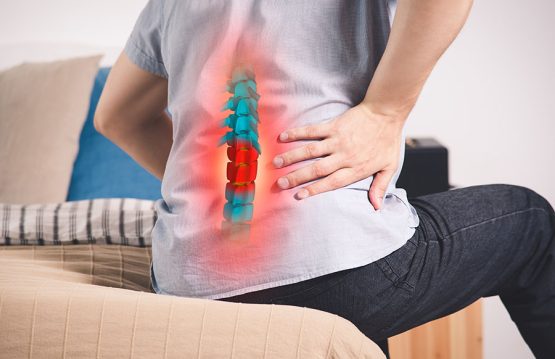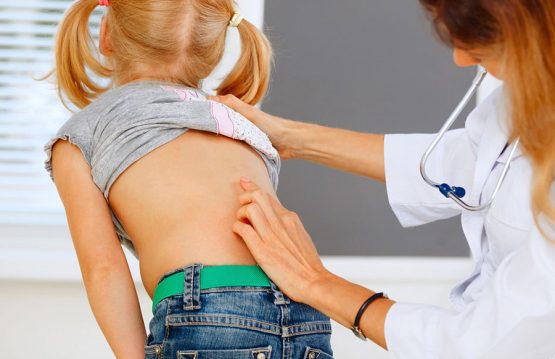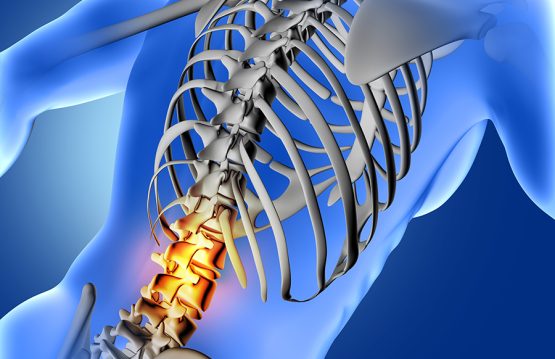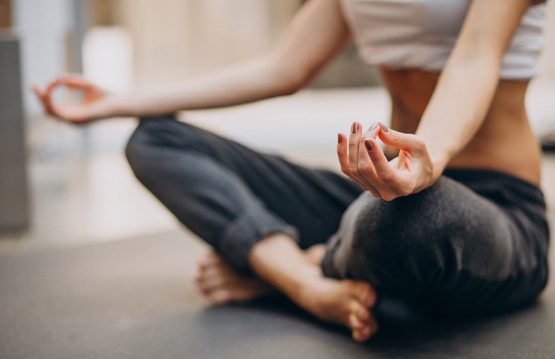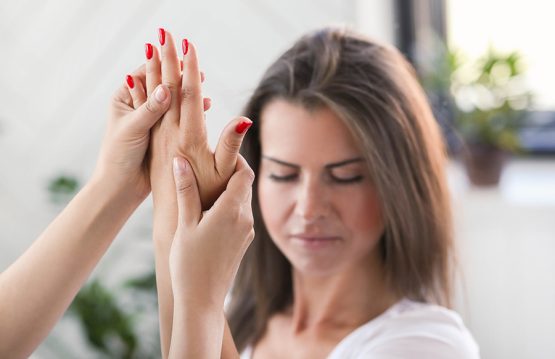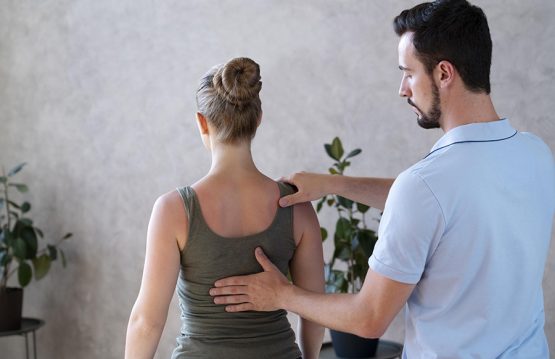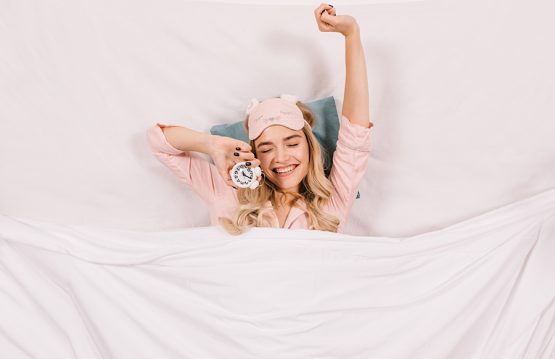The treatment for Scoliosis is established depending on the type of scoliosis and the stage of the disease. So, for curves lower than 30 degrees, physiotherapy is recommended. For curves between 30 and 50 degrees, physiotherapy and orthotic treatment (wearing a corset) are indicated. For curves greater than 50 degrees, surgery is also recommended.
Scoliosis is observed during a regular consultation with a pediatrician, at a routine examination at school or if a parent or teacher notices a lateral curvature of the spine.
The diagnosis of the specialist helps to establish a treatment for the type and stage of scoliosis, as well as to exclude other possible causes of spinal deformity, such as Scheuermann’s disease, ankylosing spondylitis or juvenile disc disorder.
CONTENT:
Kinetic Therapeutic Treatment
The most effective form of treatment for mild to moderate scoliosis is physical therapy. The benefits of the treatment are the following:
- The position of the column is improved;
- Increases column flexibility;
- Increases muscle, abdominal and paravertebral strength;
- It improves breathing.
To achieve the above objectives, physical therapy uses:
- Exercises to correct posture;
- Fixed posts;
- Exercises for toning the abdominal muscles;
- Exercises for toning the gluteal muscles;
- Exercises for toning and rebalancing the muscles in the back area;
- Exercises to improve breathing;
- Exercises to increase respiratory muscle strength
On a case-by-case basis, physiotherapy may include:
- Skin massage and stretching;
- Education for a correct posture;
- Static exercises to increase muscle tone;
- Guided breathing exercises to change the wrong breathing pattern.
It is recommended that the physiotherapy treatment be performed only by specialists. If the doctor deems it necessary, wearing a corset may also be indicated. Also, physiotherapy can be recommended postoperatively, to help in the recovery process.
Hygienic-dietary treatment
Doctors recommend that patients with scoliosis have a normal body weight for their height, age and lifestyle. This aspect is necessary, because the excess weight can accentuate the deviations of the spine.
A healthy and balanced diet is recommended, as well as the reduction or elimination of processed foods, very sweet or containing saturated fats. The diet of a person with scoliosis should include:
- High fiber foods – especially whole grains, nuts and seeds;
- Fresh vegetables – ideally, you should consume at least 4-5 servings a day;
- Fresh fruits – 3-4 servings of whole fruits a day;
- Foods with a probiotic content – help reduce inflammation. These include yogurt, kefir and pickles;
- Eggs and lean meat;
- Fish – contains Omega 3 fatty acids, vitamin D, protein, zinc, iron, selenium and vitamin B complex;
- Meat soups and broths – contain collagen and help maintain healthy bones and joints.
It is also recommended to reduce foods that cause inflammation:
- Refined oils – for example, corn or rapeseed oil;
- Pasteurized milk or meat products;
- Refined carbohydrates and products with a high sugar content. This category includes white bread, some preserves, sweet cereals, packaged snacks, especially wafers, snacks and other processed sweets;
- Saturated and trans fats – found in most fried products.
In addition to adjusting the diet, it is important that the body receives nutrients, antioxidants and compounds with anti-inflammatory role. These include vitamin D, which helps increase, develop and maintain bone density, and magnesium – many patients with scoliosis have magnesium deficiency.
It is important for the development of muscles, bones and spinal cord.
Surgical treatment
If the angle of curvature of the spine is 45-50 degrees, the doctor may recommend surgery. The operation to correct scoliosis is not simple, but requires a high degree of difficulty. Its objective is to achieve a good vertebral osteoarthritis, by associating metal instruments with perpendicular screws. If the intervention takes place early, the chances of complete healing increase.
Recovery after surgery varies from person to person. After surgery, your doctor may recommend painkillers to keep your pain under control. Physical therapy is also indicated to help the patient be able to walk again. As the person recovers, it is important to rebuild muscle strength. This aspect is taken care of by a physiotherapist. Generally, recovery lasts up to six weeks, and return to normal activities can take place in no more than six months.
Like any form of surgery, it poses a number of risks. The level of risk depends on the patient’s age, the degree of curvature, the cause of the curvature and the measures taken to correct it (by wearing a corset, physical therapy, massage, etc.).
During the operation, the surgeon monitors the functions of the spinal cord and those of the nervous structures. If there is a risk of damage, the surgeon may adjust the procedure to reduce this risk.
There is also a fairly low risk of infection, so antibiotics are recommended. Other possible risks include nerve damage, bleeding and damage to blood vessels, progression of curvature even after surgery, rupture of rods or screws, and the need for new surgery, but these are rare.
Orthotic treatment
In addition to physiotherapy and especially in cases of moderate to severe scoliosis, orthotic treatment is also indicated. Its most common form is wearing a corset. It can prevent the worsening of the scoliotic curve, but it cannot correct it. Scoliosis below 30 degrees does not require orthotic treatment, as they may be non-evolving.
The specialist may recommend wearing the corset for 8-12 hours a day or even longer (20-22 hours), depending on the type of curvature, the aggressiveness of the disease and the age of the patient. Sometimes, wearing a corset alternates with physical therapy.
In general, the corset is recommended especially for children who are still growing. The most common types of corsets are made of plastic and adapt to body shape. Often, they are invisible under clothes, and their efficiency increases with the number of hours worn. Usually, children who wear them can participate in most activities, with few restrictions.
The bodice is removed after the bones stop growing. This happens in girls, two years after the onset of menstruation, and in boys, when it is necessary to shave or when there are no changes in height.

